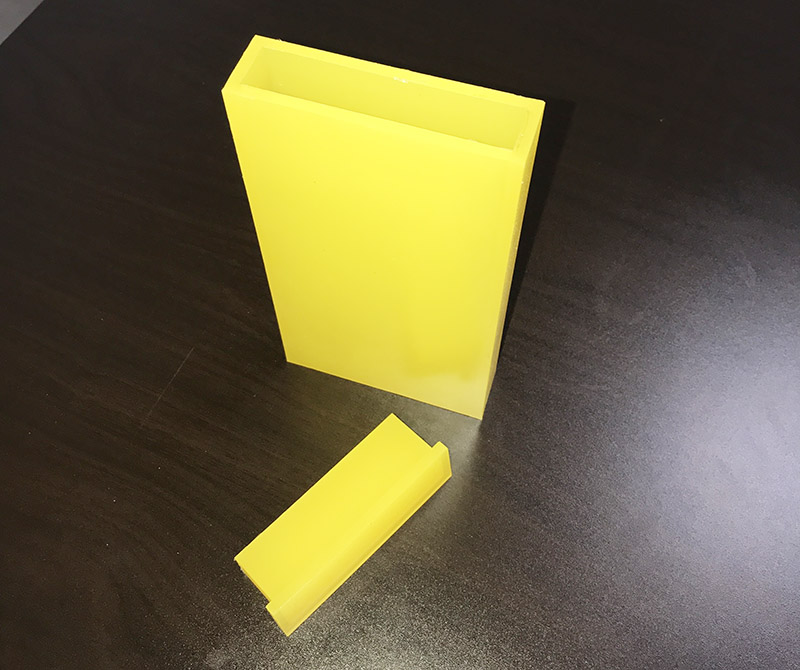

Carbon Material
1. What is carbon material?
Carbon is an allotrope of carbon and a general term for non-metallic solid materials mainly composed of carbon. Carbon-containing materials such as graphite and diamond are all carbon, and the raw materials of carbon are coal, oil, natural gas, etc. .
The characteristics of carbon materials are: strong electrical and thermal conductivity, light weight, corrosion resistance, heat resistance and high temperature resistance, low expansion coefficient, porosity, lubricity, impact resistance and machinability.
2. The use and classification of carbon products
The earliest carbon products started from artificial graphite electrodes. With the development of metallurgy, electrical and mechanical industries, carbon materials have been widely developed and utilized, such as carbon brushes, carbon resistance columns, electrodes for electrothermal and electrochemical applications, etc. Since the carbon material has leaped from carbon to graphite, the electrical conductivity, corrosion resistance, and thermal conductivity have been greatly improved, making graphite carbon products such as graphite electrodes, electrolytic plates, heating elements, crucibles, electric brushes, and sealing rings in steelmaking. Manufactured and widely used in metallurgical steelmaking, alkali making, electrical and mechanical industries.

In the production of carbon materials, commonly used forming methods include molding, extrusion, vibration forming and isostatic pressing.
Molding method
The molding method is to put a certain amount of powder into the mold, and pressurize it from the upper and lower parts in one or two directions to form it under pressure. The molding method is suitable for pressing products with similar dimensions in three directions, uniform density and compact structure, but the molding method has low production efficiency. The commonly used equipment for the molding method is a broken hydraulic press.
Extrusion method
The extrusion method is to apply pressure to the paste loaded into the material chamber through the extruder, so that the paste is always dense and flexible, and finally the product of the desired shape is spelled out through the extrusion nozzle. In the production of carbon materials, the extrusion method is the most widely used, and has the advantages of uniform product quality, large production volume, and high production efficiency, and is suitable for the production of long rod-shaped or tubular products. The extrusion machine can be produced semi-continuously, and the common equipment for extrusion method includes horizontal hydraulic extrusion machine and screw extrusion machine.
Vibration molding method
The vibration molding method uses a high-speed vibrating vibration head group to make the paste in the molding mold in a strong vibration state, so that the paste is densely formed. Carbon fiber plate reinforced unidirectional plate, the forming process is to impregnate carbon fiber with resin, solidify in the mold and continuously pultrude. Using high-quality carbon fiber raw materials and good basic resin, the carbon fiber sheet has good properties such as high tensile strength, corrosion resistance, shock resistance, and impact resistance. Carbon fiber composite material is transformed through a series of heat treatments. It is an inorganic high-performance fiber with a carbon content higher than 90%. It is a new material with excellent mechanical properties. It has the inherent characteristics of carbon materials and has the softness and machinability of textile fibers. It is a new generation of reinforcing fiber. The vibration molding method is especially suitable for the production of thick and short products that are not much different from the length, width and thickness directions of special-shaped products, but the production efficiency of this method is low and the noise is relatively large.
Isostatic pressing method
The isostatic pressing method uses the liquid or gas medium in the high-pressure container to uniformly pressurize the elastic mold filled with aleurone from all directions, so that the paste is pressed and formed. The isostatic pressing method can produce isotropic products and various special-shaped products. The products produced by this method have uniform structure and high density. The important equipment of isostatic pressing method is isostatic pressing machine. Compression molding is mainly used for the production of cold-pressed graphite with a small size and the production of brush blocks, carbon and graphite products for mechanical seals in the electric carbon industry. Extrusion molding is the most commonly used in carbon production, especially suitable for forming long rods, and may also produce pipes. Vibration forming is mostly used in the electrolytic aluminum industry to produce prebaked anodes, and can also be used to produce carbon blocks and graphite electrodes, especially large-scale products.

Jiangsu High Industry focuses on the research and production of isostatic pressing moulds, customizes various dry bag and cold isostatic pressing moulds, adapts to different models of various manufacturers at home and abroad, and deeply understands the needs of various industries. Alloy, graphite and other industries provide high-performance isostatic pressing mold rubber sleeves.



We support all kinds of customization, if you need it, please contact us.
Phone/whatsapp:+86 18234744811
Email:sales@highindustryco.com